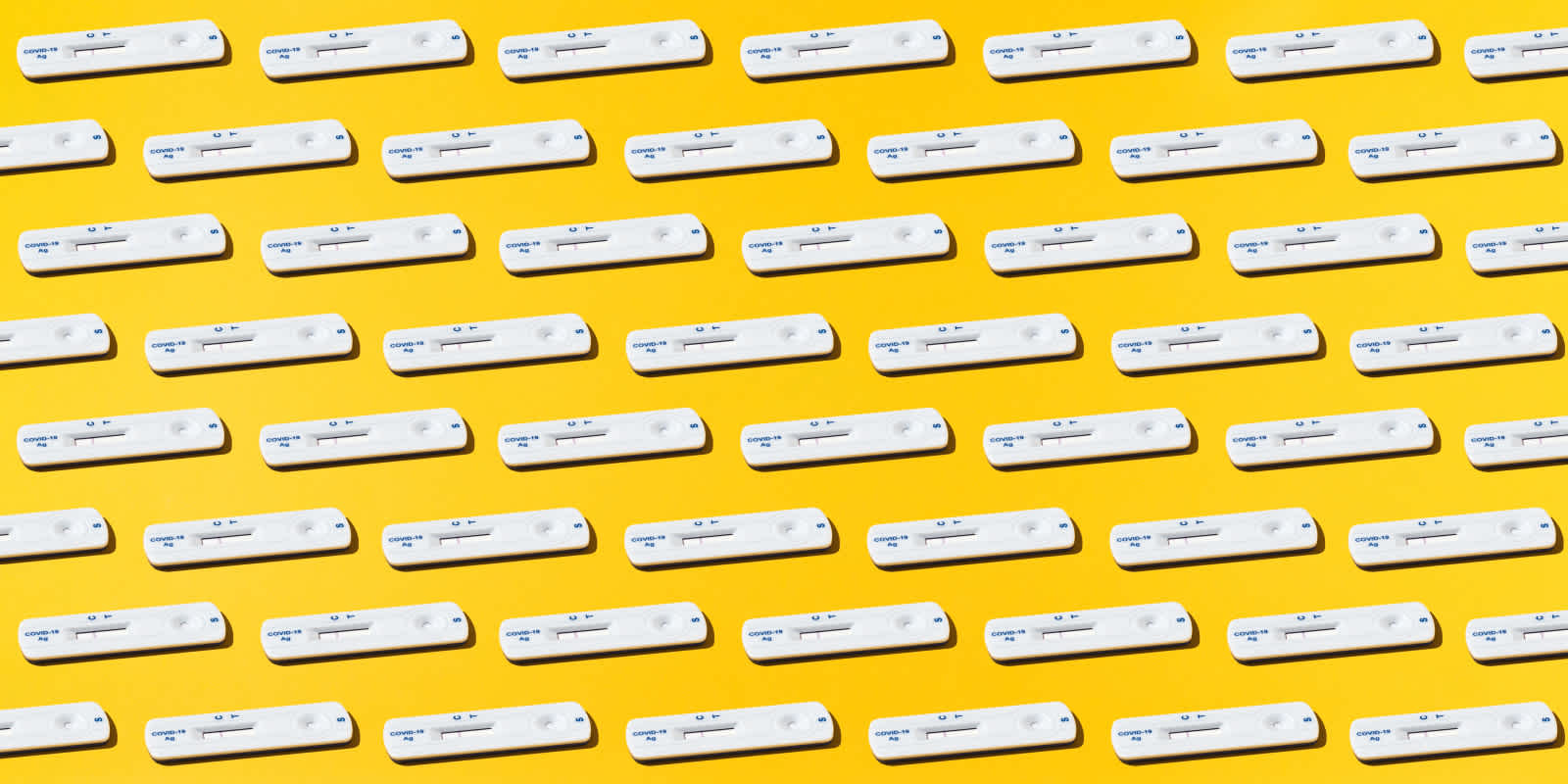
August 8, 2022
Your Must-Read Roadmap to Optimize for New HTS Codes
Tom Gould is one of the world’s top customs and compliance professionals. He’s also VP of Global Customs at Flexport. Follow along as Tom reveals the ins and outs of getting goods in and out of anywhere. Rules and regs, compliance trends, and a master class in classification: Tom covers it all on the blog, LinkedIn, Twitter, and in our very own FlexU Classification course.
Every five years, the World Customs Organization (WCO) updates the Harmonized Commodity Description and Coding System—aka HS codes. The HS comprises more than 5,000 commodity groups, each identified by a six-digit code. Over 98% of the merchandise in international trade is classified according to these HS codes, meaning over 200 tariff schedules across multiple countries need to reflect HS code changes.
In the US, the Harmonized Tariff Schedule of the United States (HTS) was updated to reflect the WCO changes on January 27, 2022. While the first six digits of the HTS only change every five years, changes at the 10 digit statistical level are published biannually, where additional revisions are made on a regular basis. This year alone, the USITC has published eight Revisions to the HTS. Such Revisions may include the addition or removal of special tariff codes, changes to certain tariff rates, or simply minor technical corrections—making it imperative that classifiers rely on the current HTS.
When did you last audit and prepare your product library early enough to accomodate code changes to optimize tariff scenarios? Some of your insights may lead to larger changes across your supply chain, too.
To help, I’ve created an executive roadmap to help you capture greater opportunities while ensuring classification and tariff compliance. Read on to learn more.
Audit Your Product Library
In this step, you or—if you value your sanity—your customs broker collates your products and cross-checks them to ensure compliance with new HTS codes.
Start by pulling a list of all the items you sell. In the Flexport Platform, this is as easy as exporting your Product Library to a spreadsheet. Then, compare your list to what will change.
You may have a sense of scope from the 2022 Harmonized Tariff Schedule Change Record. Each publication of the HTS includes a Change Record documenting the legal and statistical changes made in the new edition. Click here to download and view the latest Change Record from the U.S. International Trade Comission (USITC). The table lists established, modified, and discontinued HTS codes—no descriptions, just two columns of numbers and statuses.
It’s a helpful starting point, but it’s highly unlikely your entire inventory is going to fall into one-to-one code exchanges. In reality, your HTS code updates could also look like this:
- One to Many: The current code changes to two or more codes.
- Many to One: Two or more codes change to one new code.
- Part of One to One: Some products under the code change. Others stay the same.
- Part of One to Many: Some products under the code change, but to a variety of different codes.
That's because HTS updates reflect the evolution of trade in all its messy, real, sometimes-political glory:
- Not every product will change codes. Since the last update, many are the same: cotton tees, bicycles, dishwashers, strawberries, and thousands of others.
- Some products are mostly obsolete. Sorry, typewriters, you’ve been relegated to HTS 8472 - Other Office Machines.
- Others have totally disrupted multiple markets and are now completely commonplace. Hello, 3D printers, and congrats on HTS 8485 - Machines for Additive Manufacturing.
- Then, others get new HTS codes for social or political reasons. HTS 2404 has corralled vape products into their own provision under the heading for careful watch.
Changes made in HS 2022 include new classifications for the following (this is not an all-inclusive list):
- 3D printers
- Cell cultures and cell therapy
- Chemicals and materials specifically controlled under international conventions
- Dual-use goods that can be diverted for unauthorized uses such as detonators
- Electronic waste (e-waste)
- Flat panel display modules
- Fully electric heavy-duty vehicles
- Nicotine-based vaping products intended for inhalation without combustion
- Placebos and clinical trial kits for health and medical research
- Rapid diagnostic kits for health and medical research
- Smartphones
- Unmanned Aerial Vehicles (UAVs); commonly referred to as drones
A key piece of advice: Ask about complexity if you’re shopping automation services. Companies that claim to fully automate the transition may just be plugging in the data from the correlation table and running your inventory against it.
Brainpower is vital here. Customs brokers who specialize in classification pore over definitions on a regular basis. They’re able to compare the details of your product to the specific parameters of each code to determine which are both fully accurate and most favorable for your business.
Once the new codes are accurately assigned, the Flexport Platform updates your Product Library, so it can serve as a centralized source of truth for the rest of your workflows, including tariff calculation.
Look for Compliance Impacts
After assigning new HTS codes, determine eligibility under Free Trade Agreements or other compliance-related programs. Troubleshoot or adjust as needed.
When your HTS codes change, your other compliance scenarios may change, too. The trickle effects can become increasingly complex with impacts in categories like dangerous goods, antidumping, and other government agency requirements.
For example, most Free Trade Agreement (FTA) eligibility is tied to a product and its components’ HTS codes.
Since it can take several years for FTAs to incorporate HTS updates, some companies maintain both the old and the new HTS in their product library. The new is used for customs entry, duty, and other regular uses of the HTS. The old is used to qualify products for the FTA until the FTA is updated.
Another example: If you’ve been on the hook for Section 301 tariffs on goods from China, some of your products may have new codes that are no longer on the lists.
Changing the Section 301 lists may be easier than changing an FTA, but it’s too early to tell what governments may do between now and January.
I’ll be monitoring the situation throughout the year and updating my social media as news develops. Feel free to follow me on LinkedIn and Twitter to stay current.
Tariff Engineering
Now, get more value out of your audit by identifying product design adjustments that could reduce tariff exposure. Small changes can create major savings.
You may have multiple opportunities for tariff engineering, depending on your line of business. This is a strategy we’ve encouraged before, for its own sake and during times of transition, like now.
Essentially, the practice involves the modification of new or existing products to pay the lowest possible duty rate. It almost sounds like it should be illegal, but it’s not—it’s proactive.
This is where you can double-dip on your audit: Bring your codes into compliance and make sure you aren’t exposing your company to tariffs that are higher than necessary.
The brokers who work on tariff engineering are part strategic masterminds and part mad scientists. They review scores of details to find opportunities, and they can save you an extraordinary amount of money. For example, a legitimate addition of textile to the sole of a pair of sneakers could cut the duty rate from nearly 40% to less than 10%.
With enough time for you to execute, their recommendations could position you to make product or supplier adjustments in time for the new HTS codes or shortly thereafter. My recommendation is to start the process as soon as you can.
Track Trade Data by HTS
Reshuffle and refine your analytics to highlight supply chain opportunities.
As you move into the final stages of your transition, set up frameworks to compile strong trade data. With the addition of brand-new HTS codes, many companies may be able to take analysis further.
The U.S. International Trade Commission (USITC) maintains trade statistics available to the public. For some new HTS, that data will be more specific.
For example, a smartphone company can see how many phones are imported. After the new HTS kick in, the company will be able to see the number of smartphones versus feature phones (aka dumb phones) imported by country and other variables.
In the Flexport Platform, your trade data is parsed for you automatically. Your customs broker can easily retrieve your company’s customs and logistics data without asking you to spend time compiling documentation. The result is a data set that reveals global trade statistics and logistics patterns with almost no work on your part.
For help reviewing your current product classifications, send your questions to my team at classifications@flexport.com.
Related content
![tom-gould]()
BLOG
Keeping Up With Modern Supply Chains - How Tom Gould & COAC Are Prepping U.S. Customs for the Future








